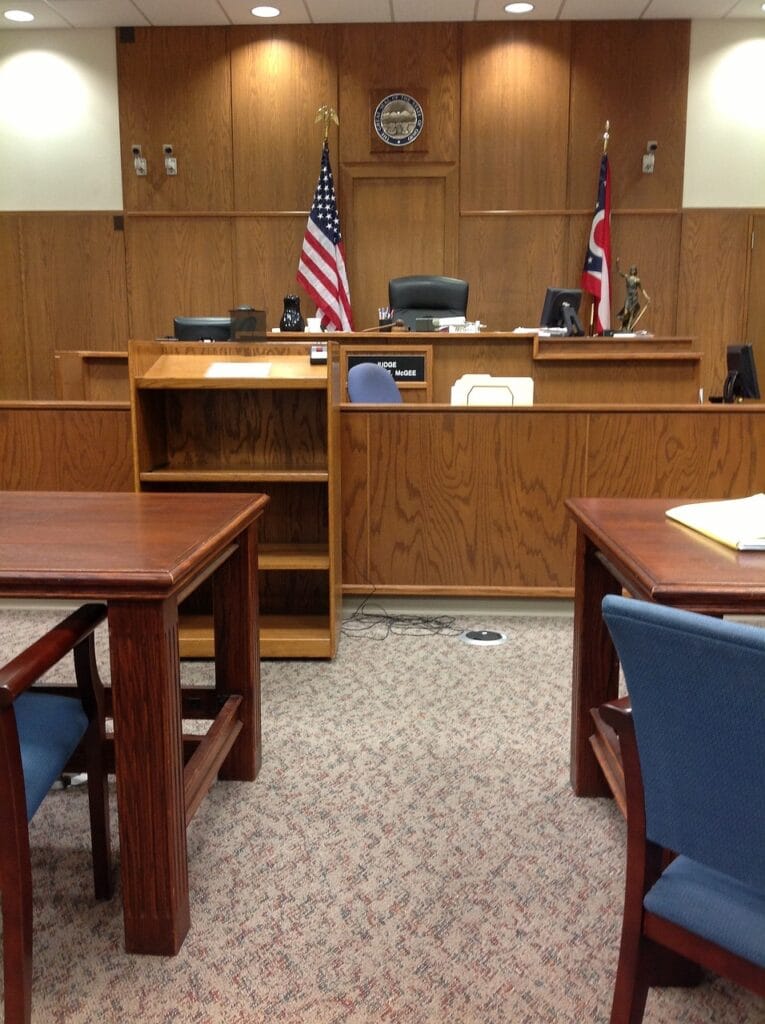In 2009, Sonia Sotomayor became a household name when President Barack Obama nominated her to the U.S. Supreme Court, marking a historic moment for the nation. However, her impact on American life extends beyond the courtroom, having played a critical role in sports history nearly 15 years earlier. In 1995, while serving as a U.S. District Court judge, Sotomayor’s ruling brought an end to one of the most notorious labor disputes in professional sports: the 1994-1995 Major League Baseball (MLB) strike. The legal and economic implications of her decision were enormous, making this a pivotal moment in both her career and the history of sports economics.
[ez-toc]
The Context: The 1994-95 MLB Strike
To fully understand the significance of Sonia Sotomayor’s ruling, it’s important to first examine the backdrop of the 1994-95 MLB strike. This labor dispute began on August 12, 1994, and ultimately led to the cancellation of the 1994 World Series—the first time the Fall Classic had been canceled in 90 years.
At the heart of the dispute was a breakdown in negotiations between the players’ union and the team owners over salary caps and revenue sharing. Team owners wanted to implement a salary cap, citing the need for financial stability and competitive balance. On the other hand, the players—represented by the Major League Baseball Players Association (MLBPA)—saw the proposed cap as a threat to their earning potential and fought against it. With no resolution in sight, the players went on strike, bringing the season to an abrupt halt.
This was a catastrophic moment for baseball. Not only did it damage the sport’s reputation, but it also caused an estimated $580 million in losses for team owners and players alike. More importantly, it devastated local economies that relied heavily on game-day revenue, such as vendors, parking attendants, and restaurants around stadiums. The business of baseball was in crisis.
Sotomayor’s Ruling: A Turning Point in the Strike
After months of deadlock and the looming threat of replacement players being used to start the 1995 season, the players’ union filed an injunction to prevent team owners from unilaterally imposing new labor terms. Enter Sonia Sotomayor, then a judge in the U.S. District Court for the Southern District of New York.
On March 31, 1995, just before the start of the season, Sotomayor ruled in favor of the players. Her injunction barred MLB team owners from using replacement players and from imposing a new collective bargaining agreement without further negotiation. The ruling effectively ended the strike, allowing the 1995 season to begin with regular players and the terms of the old agreement still in place.
This decision was significant not only for its immediate impact but also for the message it sent about labor relations in professional sports. In her ruling, Sotomayor emphasized the importance of fair bargaining processes and rejected the owners’ attempts to unilaterally change the terms of employment without proper negotiations. By doing so, she helped protect the rights of the players, making a statement about the role of the judiciary in labor disputes, even within the world of sports.
Economic Implications of the Ruling
The end of the strike brought relief to millions of baseball fans who had been deprived of the game for more than eight months. But beyond the emotional aspect, Sotomayor’s ruling had major economic ramifications for the sport and the broader economy.
- Revenue Restoration for MLB Teams and Players: The financial toll of the strike was staggering, with millions lost in salaries, ticket sales, and broadcasting deals. By ending the strike, Sotomayor enabled the MLB to resume operations, allowing players to start earning their salaries again and teams to recover from months of inactivity.
- Local Economic Impact: Cities with MLB teams, many of which had been hit hard by the cancellation of games, could finally breathe a sigh of relief. Game-day operations, including local businesses surrounding stadiums, benefited immediately from the return of baseball. Stadium vendors, parking attendants, local restaurants, and bars all saw their revenue streams restored.
- Labor Relations in Sports: Sotomayor’s ruling also set a legal precedent for future labor disputes in professional sports. By reaffirming the importance of collective bargaining, her decision strengthened the position of player unions across all sports, not just baseball. It sent a clear message to owners: unilateral decisions that undermine fair negotiations would not be tolerated in court.
A Legacy Beyond the Diamond
Sonia Sotomayor’s involvement in the 1994-95 MLB strike is a defining moment in her career, but it also left a lasting impact on sports law and labor relations in the United States. Her ruling demonstrated that labor law could intersect with professional sports, and the judiciary could play a key role in ensuring fair play—both on and off the field.
Her decision also contributed to the resurgence of baseball as the nation’s pastime in the late 1990s. By ending the strike, Sotomayor helped save the sport from further financial and reputational damage. The 1995 season saw Cal Ripken Jr. break Lou Gehrig’s consecutive games played record, and the New York Yankees embarked on a dynasty that revitalized fan interest in the game. The MLB eventually rebounded from the strike’s dark cloud, and Sonia Sotomayor’s ruling was a critical step in making that possible.
What’s Next for Sotomayor’s Legacy in Sports?
Since her nomination to the Supreme Court, Sonia Sotomayor’s impact has continued to extend beyond the legal arena and into the realm of sports economics and labor relations. The principles she upheld during the MLB strike—fair negotiations, workers’ rights, and the importance of collective bargaining—remain relevant today, particularly as professional athletes continue to fight for better wages, healthcare, and working conditions.
While her most high-profile sports-related case came in baseball, the legal precedent set by her ruling has influenced labor disputes across various sports, from the NFL to the NBA. As player unions grow stronger and team owners continue to push for profitability, the balance between labor and management in professional sports remains a contentious issue. And the 1994-95 MLB strike serves as a reminder of how the judiciary can play a crucial role in resolving these disputes.
Conclusion
Sonia Sotomayor’s role in ending the 1994-95 MLB strike is a testament to her legal acumen and understanding of labor relations. Her ruling not only saved the 1995 MLB season but also set a precedent for how labor disputes should be handled in the world of professional sports. The economic implications of her decision were far-reaching, helping restore financial stability to MLB teams, players, and local economies.
While much of her legacy will be tied to her historic appointment to the Supreme Court, her contributions to the world of sports should not be overlooked. In a time when labor relations in professional sports are as relevant as ever, Sotomayor’s ruling serves as a powerful reminder of the role the judiciary can play in ensuring fairness and protecting workers’ rights.



